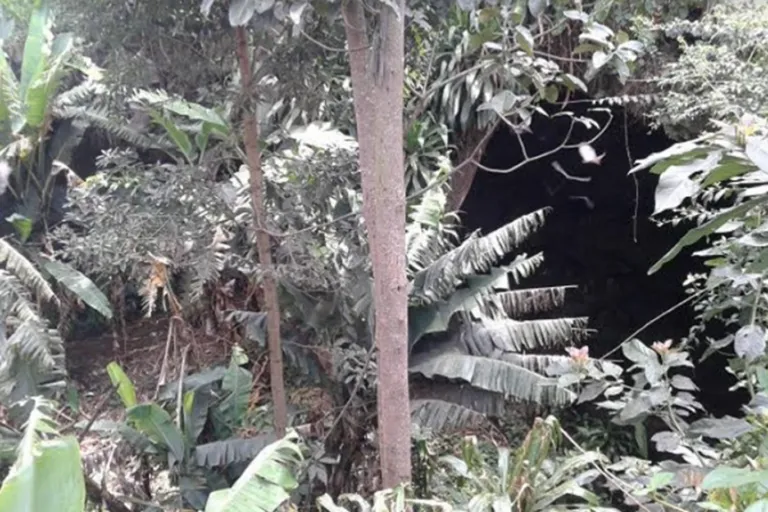
Rediscovering Bats: A Call for Conservation in Rwanda’s Ecosystem
Bats, an often misunderstood yet vital component of our ecosystem, have recently taken the spotlight due to significant discoveries in Rwanda. Researchers have found two rare bat species in Nyungwe National Park, drawing urgent attention to the conservation of these animals and the ecosystems they support.

The recent rediscovery of the critically endangered Hill's horseshoe bat (Rhinolophus hilli) marks an important moment for conservationists. This sighting, combined with the first documentation of the Rhinolophus webalai species in the park, reinforces the need to protect these creatures. Paul Webala, a senior lecturer at Maasai Mara University, emphasizes that bats represent up to 40% of mammalian diversity in regions like Rwanda, where significant habitat loss threatens their populations.
Health-related fears surrounding bats, particularly concerns about zoonotic diseases—viruses that can transfer from bats to humans—have led to misguided policies. Health officials in Rwanda, for instance, have implemented measures in urban areas to limit human-bat interactions, particularly concerning the Egyptian fruit bat (Rousettus aegyptiacus), identified as a reservoir for the Marburg virus. However, evidence suggests that excessively culling bat populations can exacerbate health risks instead of mitigating them.

While addressing public health concerns, researchers advocate for a more nuanced understanding of bats. Webala and his team are advancing efforts to establish buffer zones around bat habitats to reduce human-wildlife conflict, demonstrating the importance of coexistence rather than eradication. Bats play crucial roles such as pest control in agricultural settings and are essential for the pollination and seed dispersal of many plants.

The discussion surrounding bat conservation in Rwanda has broader implications for biodiversity preservation globally. As Webala aptly states, “Eliminating all bats would be counterproductive for numerous reasons.” Mistaken generalizations can result in damaging policies that threaten these vital species. Protecting these creatures is essential not only for their survival but also for the ecological health of our world.
The rediscovery of these bat species shines a light on the urgent need for conservation measures. How can we reshape the narrative around bats from one of fear to one of appreciation? We invite you to share your thoughts and join the conversation on bat conservation.